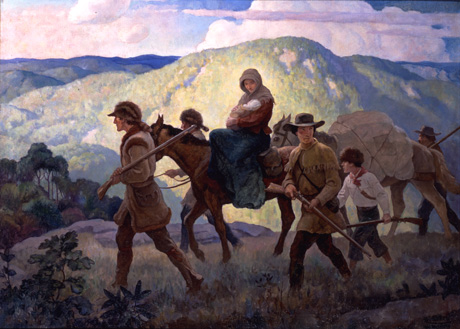
Month / April 2020

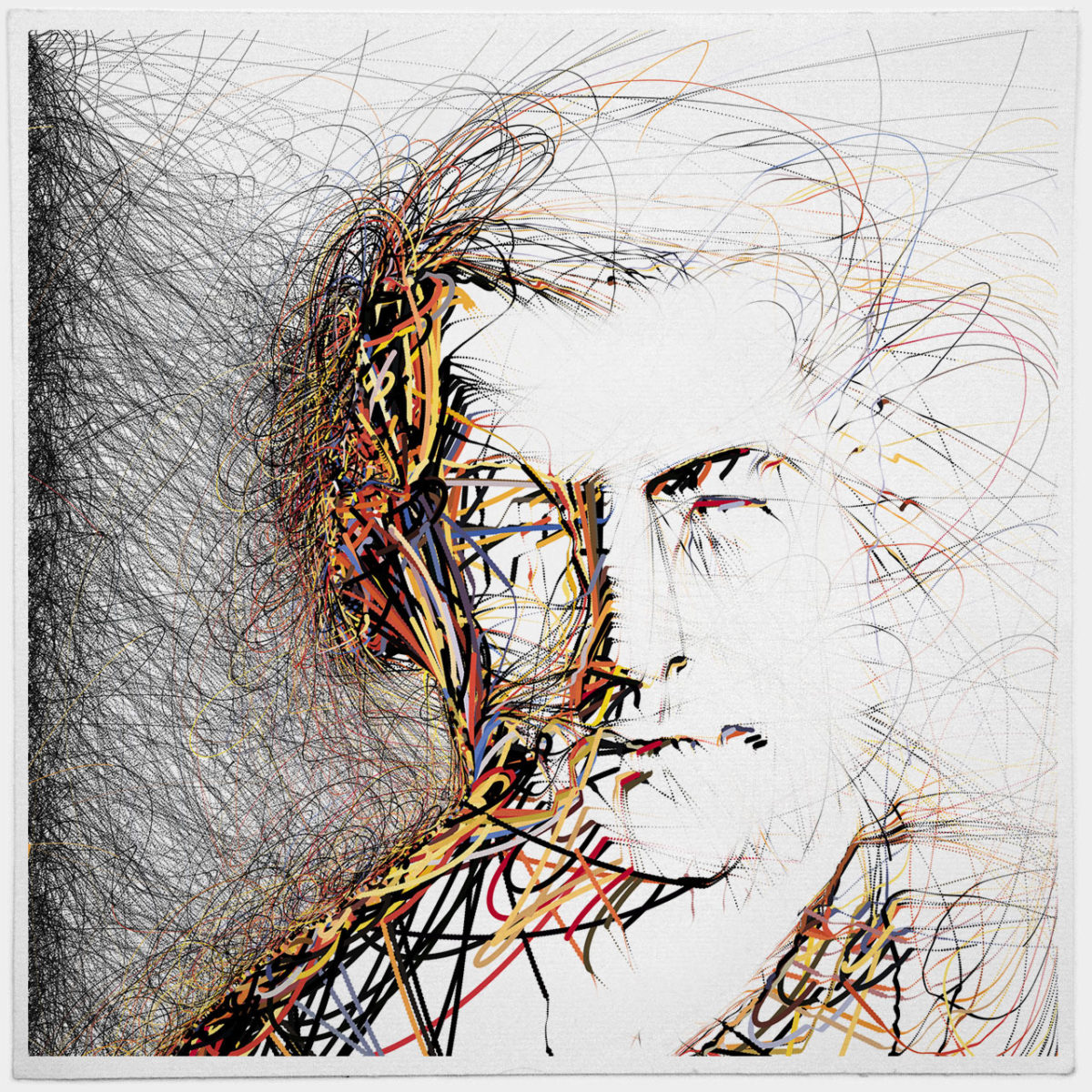
thedotisblack
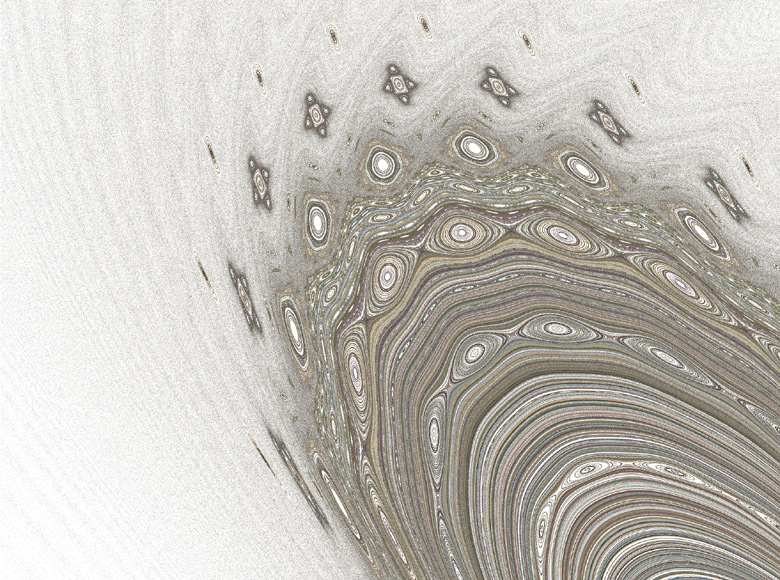
Complexification.net
http://www.complexification.net/gallery/
This is an old link so some things may not work because they’ll require Flash or Java. I’ve been able to download the code on many of these and get it to run so let me know if there’s something you’d like to play with and I’ll help you.

Generative Design, Creative Coding on the Web
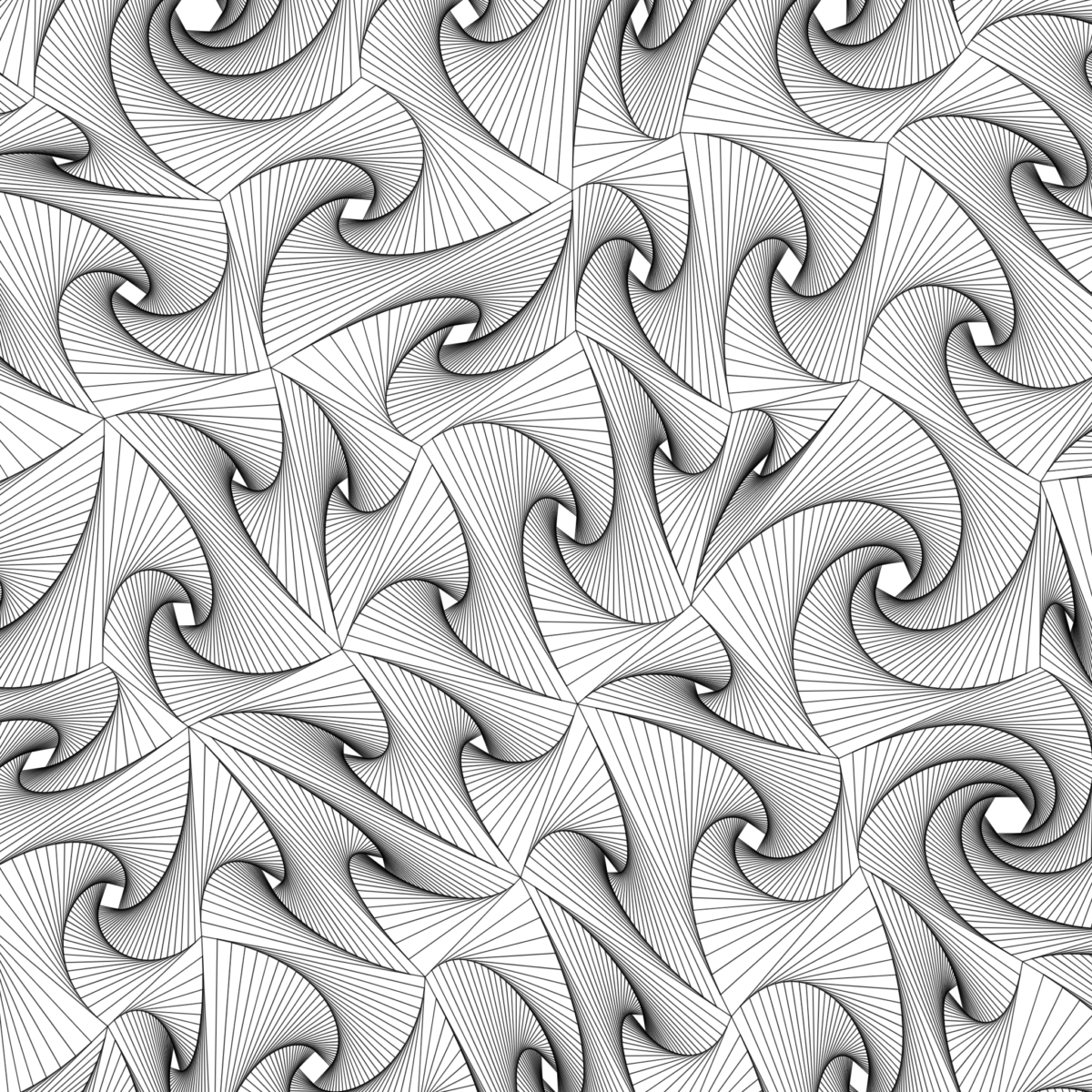
Turtletoy
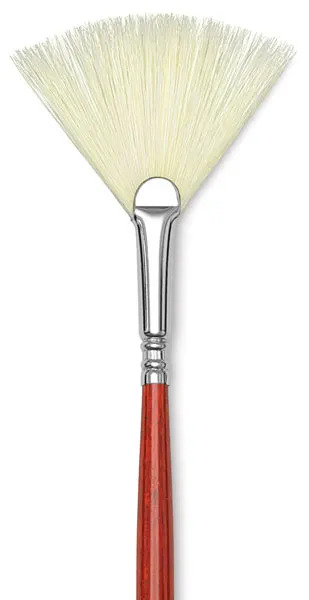
Fan
While other brushes are primarily used by loading the brush with paint, the fan’s best use is clean and dry, softening and blending. A common use is to lay down color areas with other brushes and then using a clean dry fan brush with virtually no pressure, soften those marks slightly. This gets the brushwork going the same direction and can really push an area back into the distance easily. You might think you’re losing all that work you’ve done, but trust me on this.
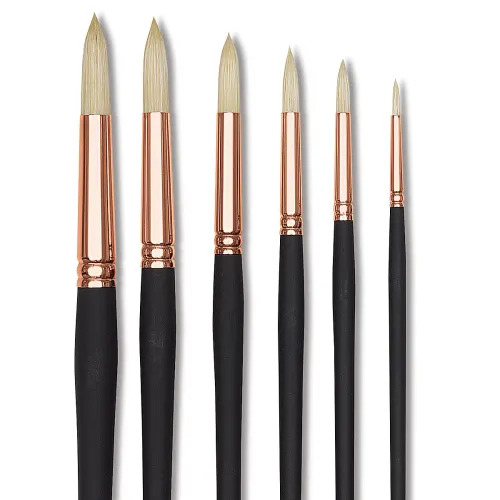
Round
There’s no roundabout way to say it, so I’ll get right to the point.
You might think you need a really small round brush for tight detail. Go for the bigger brush that’ll come to a sharp point though. That big brush can hold more paint in its belly and you’ll be going back to the palette less often so your stroke can be continuous.
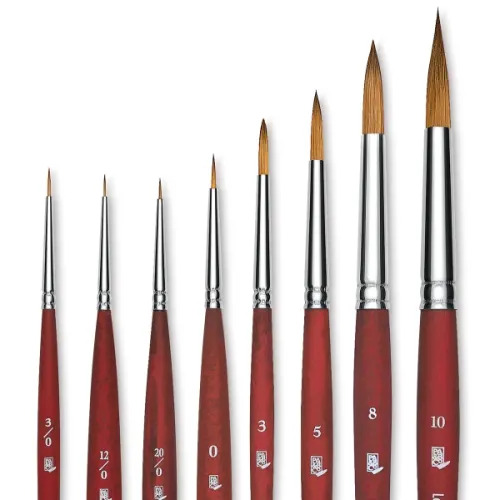
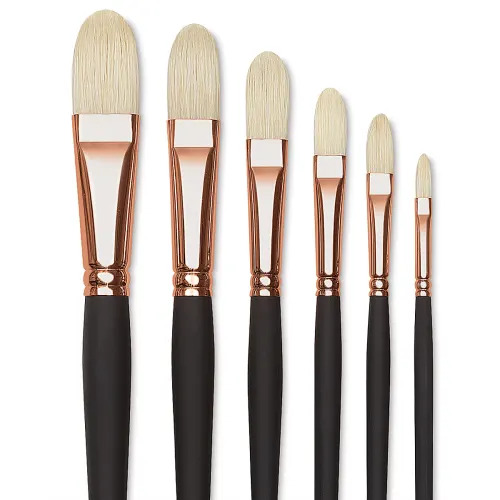
Filbert
Filberts are like flats with rounded sides. The filbert is a good brush to reach for when you don’t want the sharp edge of a flat.
There are also variations on the filbert. One of these, and I’m not making this up, is called an Egbert.
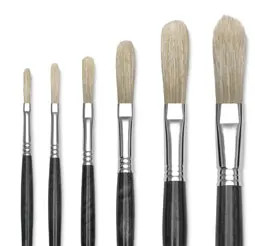
This extra long filbert will hold a lot of paint, or when used dry, it’s a good blender brush. I have a few that I use primarily for drawing with thin inky paint.
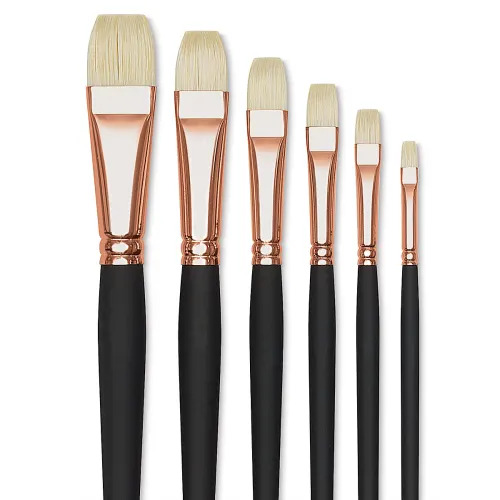
Bright
Brights are like shorter flats. I don’t buy brights because eventually flats become brights from being worn down. Brights are great for scumbling and scrubbing paint. Their shorter bristles push paint rather than laying it down.
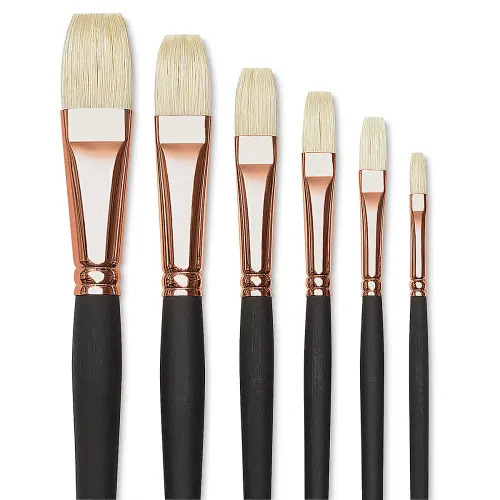
Flat
The workhorse of brushes. Flats are great for laying in big blocks of color but can also be turned to make very thin lines when loaded and sharpened with paint.